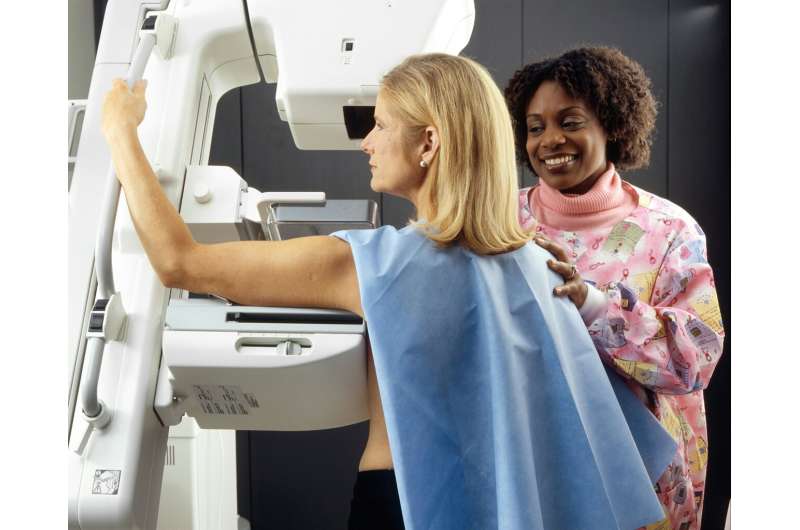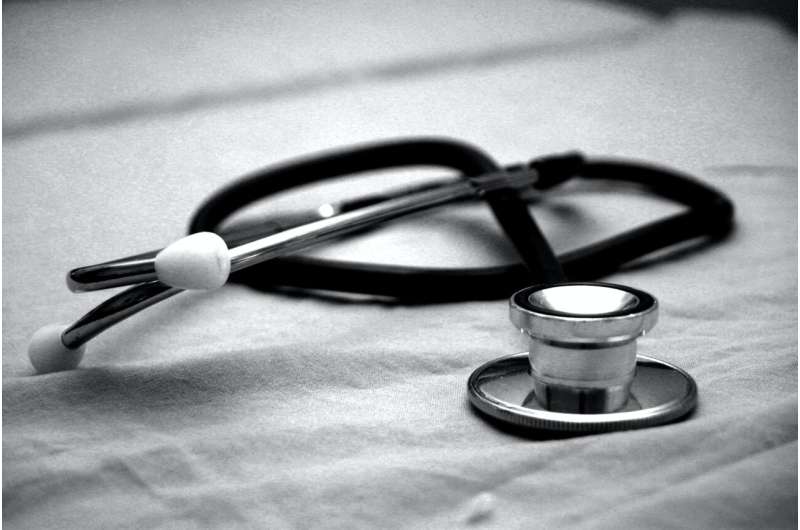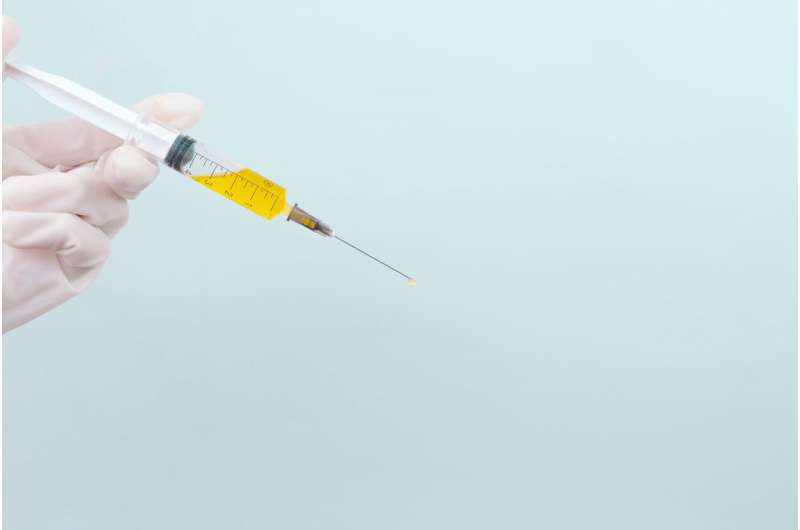FDA Grants Breakthrough Status to AI-Driven Breast Cancer Risk Assessment Tool

A novel AI-powered mammogram analysis tool from Washington University has received FDA breakthrough status, promising more accurate five-year breast cancer risk predictions to improve early detection and prevention.
A pioneering artificial intelligence (AI) technology designed to predict a woman’s five-year risk of developing breast cancer has received the FDA's Breakthrough Device designation. Developed at Washington University School of Medicine in St. Louis, this advanced software has been licensed to Prognosia Inc., a startup affiliated with WashU. The tool is capable of analyzing mammograms—both traditional 2D images and synthetic 3D views—and estimating a precise risk score that helps identify women at higher likelihood of developing breast cancer within five years. This risk score can be compared against national incidence rates, offering clinicians a meaningful assessment aligned with U.S. guidelines.
This AI system, called Prognosia Breast, leverages a pre-trained machine learning model trained on tens of thousands of mammograms, including those from women who later developed breast cancer. By detecting subtle early signs of disease that are often imperceptible even to expert radiologists, it offers a significant advance in risk prediction accuracy—estimated to be 2.2 times better than existing questionnaire-based methods.
The FDA’s Breakthrough Device designation accelerates the review process, aiming to bring this innovative technology swiftly into clinical practice. It is envisioned to complement, not replace, radiologists’ evaluations, enhancing the overall diagnostic process. The software provides a five-year risk estimate, which is crucial for guiding preventive measures such as increased screening, MRI scans, or preventive therapies like tamoxifen or endocrine treatments for women identified as high risk.
Key developers include Dr. Colditz and Dr. Jiang, who founded Prognosia in collaboration with WashU’s Office of Technology Management and BioGenerator Ventures. The system’s training on extensive imaging datasets underscores its potential to improve early detection, thereby reducing late-stage cancer diagnoses and associated mortality.
Currently, over 75% of women aged 50-74 undergo mammography screenings, yet about 34% of breast cancers are diagnosed at advanced stages. Integrating this AI tool into existing screening infrastructure could substantially improve early diagnosis rates. Plans are underway for clinical trials that combine the software's risk assessments with standard mammography protocols, aiming to provide personalized risk management options.
Experts emphasize that this image-based risk prediction approach surpasses traditional questionnaire methods, offering a revolutionary stride toward better patient outcomes. The future enhancement of Prognosia Breast to analyze multiple mammogram years from the same patient is expected to further boost its accuracy.
In summary, this technology represents a significant leap forward in breast cancer prevention efforts, with the potential to personalize patient care, improve early detection, and ultimately save lives.
Stay Updated with Mia's Feed
Get the latest health & wellness insights delivered straight to your inbox.
Related Articles
Primary Care Shortage Impacts Nearly Half of Virginia Neighborhoods, Affecting 3.8 Million Residents
A new study highlights that nearly half of Virginia's neighborhoods lack adequate access to primary care, disproportionately affecting rural communities and impacting 3.8 million residents. Addressing these disparities is essential for improving public health outcomes.
Electrical Stimulation Enables Paralyzed Rats to Regain Movement After Spinal Injury
A groundbreaking bioelectric implant developed by international researchers shows promise in restoring movement in rats with spinal cord injuries, opening new avenues for human treatments through targeted electrical stimulation.
Utilizing Dental Visits to Boost Childhood Vaccination Rates
Enhancing childhood vaccination rates by integrating immunizations into dental visits offers a promising strategy to reach adolescents and improve public health outcomes.



